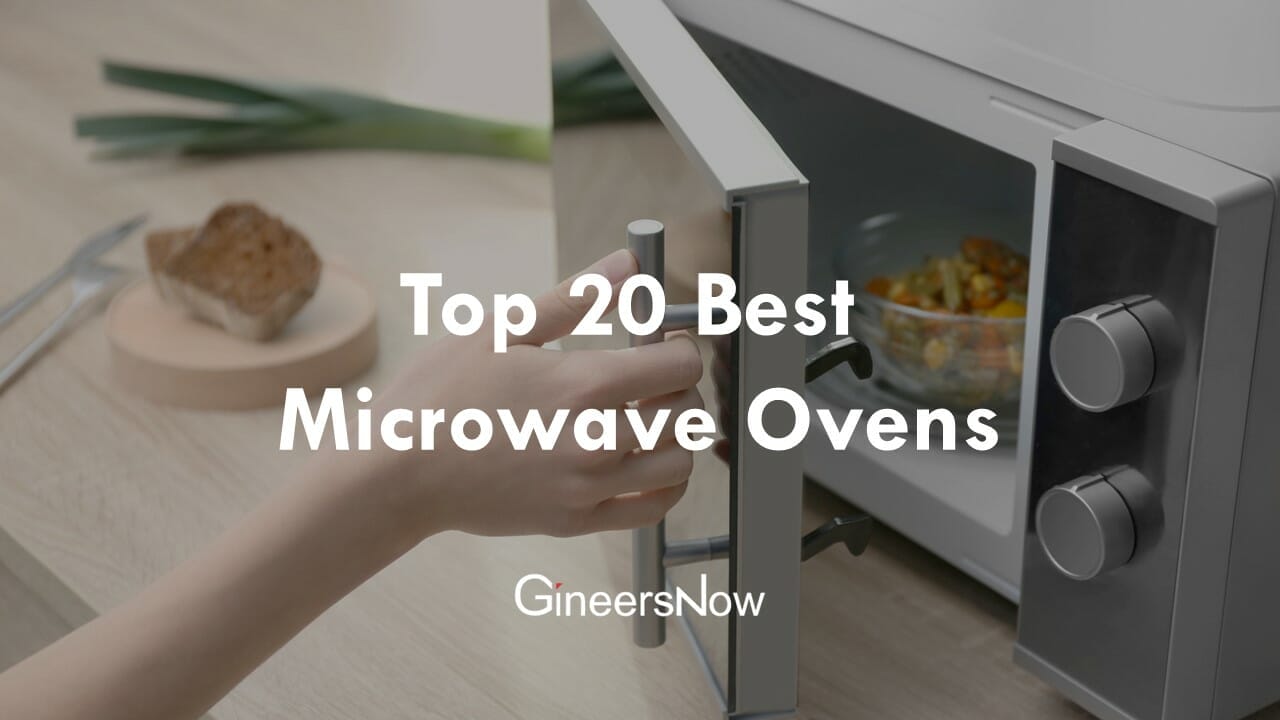In this article, we’ll delve into seven surprising functions of microwave ovens beyond mere reheating. From softening butter in seconds to acting as a makeshift sterilizer for kitchen tools, these versatile appliances hold secrets that could change your daily routine. Whether you’re looking to streamline meal prep or easily tackle cleaning tasks, prepare to unlock the full potential of your trusty microwave and elevate it from an overlooked gadget to an essential ally in your kitchen arsenal!
When you think of a microwave oven, the first image that comes to mind is likely a quick meal or reheated leftovers. However, this kitchen staple is more than a time-saver for busy schedules. Beyond heating food, your microwave can play an unexpected role in your culinary adventures and household tasks. You might be astonished to discover that this seemingly simple appliance has hidden talents that can transform how you approach cooking and everyday chores.
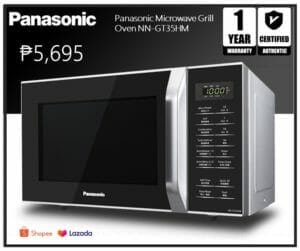
Overview of the Functions of Microwave Ovens and Common Uses
Microwave ovens are versatile kitchen appliances that have become essential in modern cooking. The functions of microwave ovens primarily revolve around utilizing electromagnetic radiation to heat and cook food quickly and efficiently.
One of the primary functions is reheating, which allows users to warm up leftovers or pre-cooked meals in a fraction of the time it would take using conventional methods. Additionally, microwave ovens excel at defrosting frozen foods, making it easier to prepare meals without lengthy thawing processes.
Another significant function is cooking various dishes, from steaming vegetables to baking potatoes. Many microwave models have preset cooking options tailored for different foods, enhancing convenience and ensuring optimal results.
Microwaves are also useful for popping popcorn, melting chocolate, and sterilizing kitchen sponges or utensils. Their ability to cook food evenly while retaining moisture makes them ideal for many quick meal preparations.
Microwave ovens can reheat food, defrost it, cook various dishes, and perform specialized tasks like making popcorn or melting ingredients. These capabilities make them invaluable tools in any kitchen.
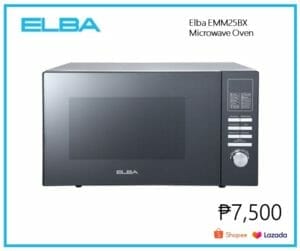
1. Sterilizing Kitchen Items Effectively: How microwaves kill bacteria on sponges
Keeping your kitchen clean is essential for food safety, and sponges are notorious for harboring bacteria. One effective method to sterilize kitchen sponges is by using microwave ovens. Understanding the functions of microwave ovens can help you utilize this appliance to eliminate harmful germs effectively.
Microwave ovens work by emitting electromagnetic waves that agitate water molecules in food or other items placed inside. When you place a damp sponge in the microwave, the heat generated from these agitated molecules raises the temperature of the sponge rapidly. Most bacteria cannot survive at temperatures above 140°F (60°C); when subjected to high temperatures for a sufficient duration, they are killed.
To properly sterilize your sponge in the microwave, follow these steps:
1. Wet the Sponge: Ensure it is damp before placing it in the microwave. A dry sponge could potentially catch fire.
2. Use a Microwave-Safe Dish: To avoid a potential mess, place the wet sponge on a microwave-safe plate.
3. Set Time Appropriately: Microwave on high for about 1-2 minutes, depending on your microwave’s wattage. This should be enough time to kill most bacteria.
4. Allow Cooling: After microwaving, let the sponge cool down for a minute before removing it, as it will be very hot.
5. Check Condition: Inspect your sponge; if it looks worn out or has an odor despite sterilization attempts, consider replacing it.
In conclusion, understanding how microwaves work and their various functions of microwave ovens allow you to use them not only for cooking but also as an effective tool for cleaning and sterilizing kitchen items like sponges. Regularly disinfecting your sponges with this method can significantly reduce bacterial growth and maintain a healthier kitchen environment.
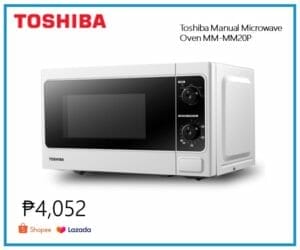
2. Soften Hard Brown Sugar Instantly: Quick methods to revive hardened sugar
To soften hard brown sugar instantly, you can use a few quick methods that leverage the functions of microwave ovens. Here are some effective techniques:
1. Microwave with a Damp Paper Towel: Place the hardened brown sugar in a microwave-safe bowl and cover it with a damp paper towel. Heat it in the microwave on medium power for about 20 seconds. Check the consistency; if it’s still hard, repeat in 10-second intervals until softened.
2. Microwave with a Slice of Bread: Another method is to place a slice of bread in the bowl with the brown sugar, then cover it loosely. The moisture from the bread will help soften the sugar as you microwave it for about 30 seconds. This uses the functions of microwave ovens to create steam quickly.
3. Microwave Steaming: If you have a microwave steamer, you can put brown sugar in it and steam it for a minute or so. The steam will penetrate the sugar crystals and make them soft without melting.
Utilizing these methods saves time and maximizes the efficiency of your microwave oven’s functions, allowing you to enjoy your baking without delay!
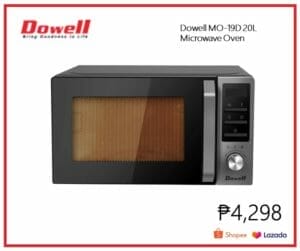
3. Cooking a Perfect Poached Egg: Step-by-step guide for easy poaching
To achieve a perfectly poached egg using the functions of microwave ovens, start with a microwave-safe bowl filled with about half an inch of water. Crack an egg into the bowl, not breaking the yolk—this is crucial for presentation and taste. Cover the bowl with a microwave-safe plate or lid to create steam that will cook the egg evenly. Microwave on high power for about 45 seconds, but keep an eye on it; different microwaves can vary in strength.
Once your timer goes off, carefully remove the bowl (it will be hot!) and check if the egg white is firm and fully cooked while ensuring the yolk remains beautifully runny. If it’s not quite done, you can put it back in for 10-second intervals until perfection is achieved. This method capitalizes on one of many surprising functions of microwave ovens: their ability to streamline cooking processes without compromising quality. Voila! You’ve transformed a simple ingredient into breakfast royalty—all within minutes, using technology you might have overlooked in your kitchen arsenal.

4. Freshening Up Stale Snacks Quickly: Techniques for reviving chips and crackers
One of the lesser-known functions of microwave ovens is their ability to revive stale snacks like chips and crackers. If you’ve ever reached for a bag of chips only to be disappointed by their lackluster crunch, the microwave can rescue you. Spread the snacks on a microwave-safe plate and heat them in short bursts—about 10–15 seconds—to restore their original texture. This quick blast of heat evaporates moisture that may have infiltrated the packaging, bringing back that satisfying crispiness.
Moreover, enhancing flavor while freshening up stale treats is surprisingly easy. Try placing your favorite chips or crackers in a bowl and adding a sprinkle of seasoning before microwaving them. The gentle warmth from the microwave revives them and melts those spices or herbs into every bite, transforming an ordinary snack into something special again. Embracing these techniques demonstrates how versatile microwave ovens can be, turning kitchen frustrations into delightful culinary opportunities!
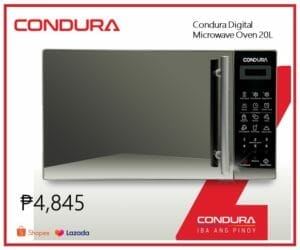
5. Steaming Vegetables in Minutes: Benefits of microwave steaming compared to boiling
Steaming vegetables in a microwave offers a quick and nutritious alternative to boiling, showcasing one of the remarkable functions of microwave ovens. Unlike boiling, which can leach out essential vitamins and minerals into the water, microwave steaming preserves these nutrients by cooking vegetables in their moisture. The result is brighter colors and enhanced flavors—bringing those vibrant greens to life without drowning them in excess water.
Moreover, the convenience factor cannot be overlooked. With just a few minutes on high power, you can transform fresh vegetables into delicious sides or salad bases without wasting space on the stove or creating additional messes with pots and pans. Using specialized microwave-safe containers or bags ensures even heating and optimal texture. Plus, you have complete control over timing; achieving that perfect crunch without fear of overcooking is easy, as might happen with traditional methods. So next time you’re short on time but long on health goals, remember that microwaves are indispensable allies in your pursuit of vibrant meals!

6. Making Homemade Potato Chips Fast: Simple recipe for crispy, healthy snacks
One of the lesser-known functions of microwave ovens is their ability to create crispy, healthy snacks—like homemade potato chips—in a fraction of the time it takes with traditional methods. In under ten minutes, you can whip up a guilt-free version of this beloved snack using your microwave. Slice potatoes thinly using a mandoline or sharp knife, toss them in olive oil and seasoning, then lay them out in a single layer on a microwave-safe plate lined with parchment paper. Using the ‘crisp’ function—or simply setting it on high—every bite comes out perfectly crunchy.
This method is even more fascinating because it maximizes cooking efficiency while preserving nutrients that can be lost through frying. Unlike conventional frying techniques that submerge food into hot oil, microwaving retains more vitamins and minerals since it uses minimal fat and significantly less time. This innovative use aligns perfectly with health-conscious lifestyles without compromising flavor or texture—hellos to an enjoyable snack that’s also nutritious! So next time you’re craving something crispy, remember that your microwave oven isn’t just for reheating leftovers; it’s also your quick ticket to delightful homemade potato chips!
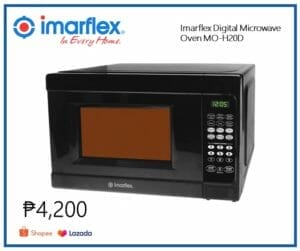
7. Crafting DIY Beauty Treatments Easily: Recipes for facial masks and scrubs using microwaves
Incorporating microwave oven functions into your beauty regimen opens up a world of DIY possibilities, allowing you to create effective treatments with minimal hassle. For instance, you can whip up a warm honey and oatmeal facial mask in minutes—simply combine ingredients in a microwave-safe bowl and heat for 15 seconds. The warmth helps the honey hydrate your skin while ensuring that oatmeal’s soothing properties are activated quickly, making it perfect for calming inflammation.
Another innovative use is crafting exfoliating scrubs using simple kitchen staples like sugar or coffee grounds. Mix these with olive oil in a microwave-safe container and heat just enough to make it easy to blend—around 10-15 seconds will do the trick. This saves time and allows you to customize scrubs on demand, giving your skin that refreshing glow without relying on store-bought products filled with chemicals. With these quick recipes at your fingertips, you’ll see how one appliance—the microwave—can transform your kitchen and beauty routine!

Wrapping Up: 7 Surprising Functions of Microwave Ovens You Never Knew
In conclusion, the functions of microwave ovens extend far beyond simple reheating and cooking. One intriguing function is their capability to act as a food sterilizer. By using high heat to kill harmful bacteria in kitchen sponges or cutting boards, microwaves can ensure your kitchen stays clean and safe without harsh chemicals. Additionally, they can serve as effective tools for proving dough—by creating a warm environment that speeds up fermentation processes, bakers can enjoy quicker results without compromising flavor or texture.
Another lesser-known use lies in their power to make homemade cosmetics. Ingredients like coconut oil and shea butter can be easily melted in a microwave, allowing DIY enthusiasts to concoct nourishing lip balms or moisturizing creams. Furthermore, microwaves can rejuvenate stale snacks; just a few seconds on low power can restore crispiness to chips and crackers. With these unexpected benefits in mind, it’s clear that the functions of microwave ovens are versatile and innovative—much more than gadgets confined to mere warming tasks!







